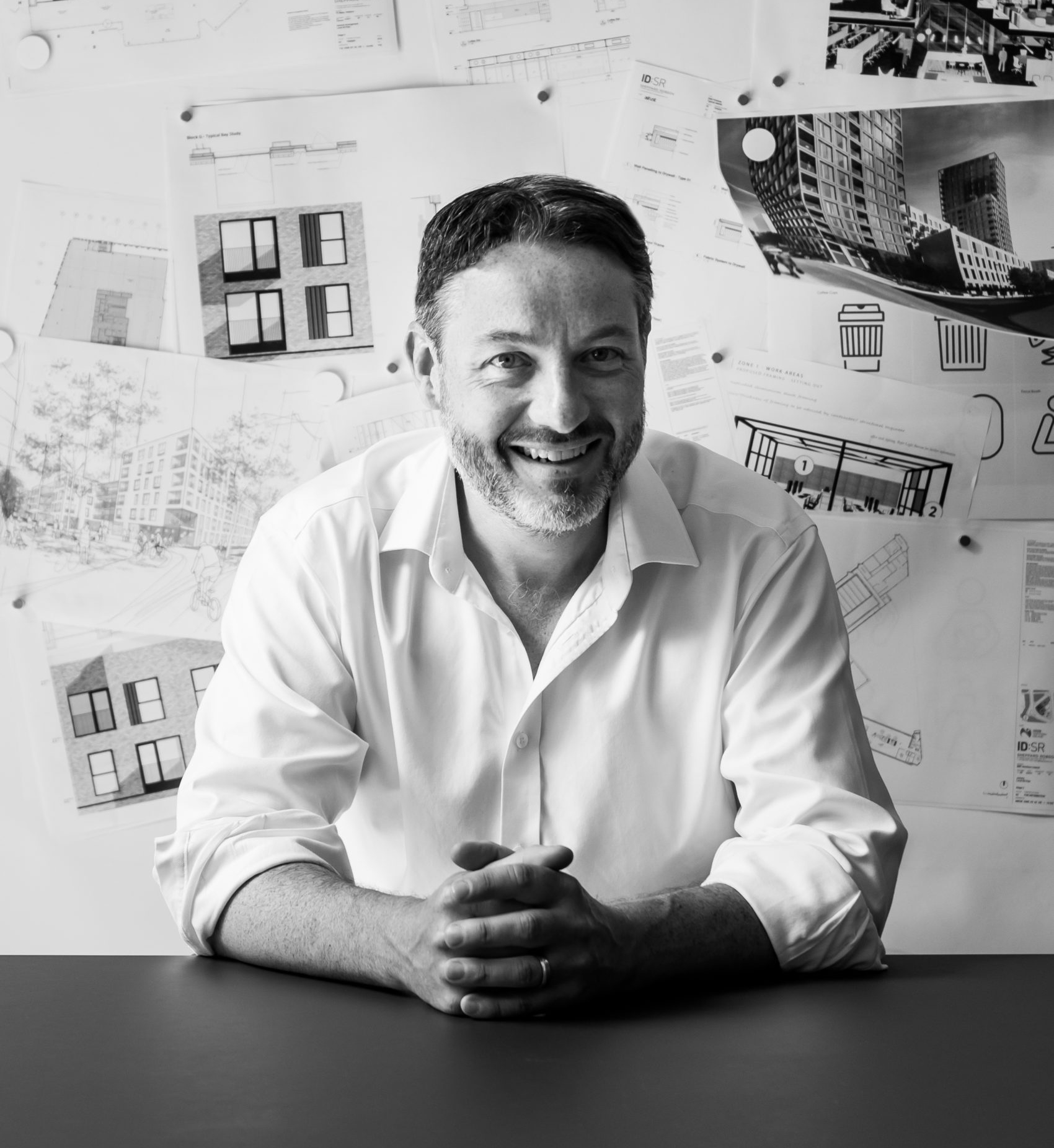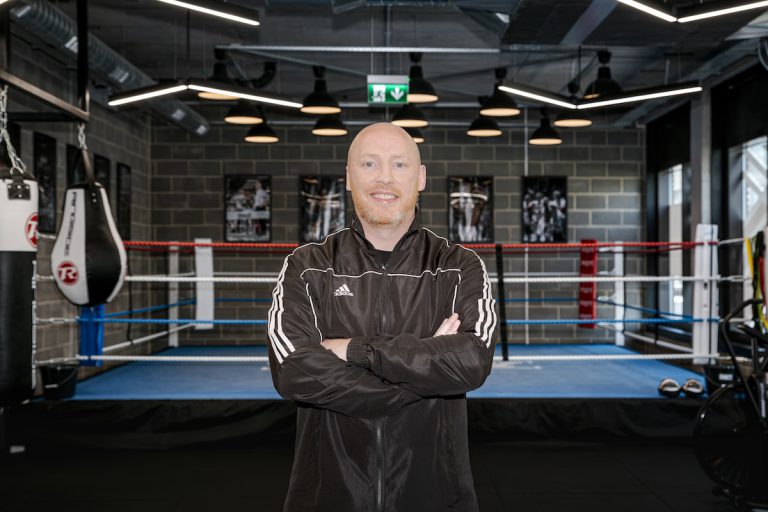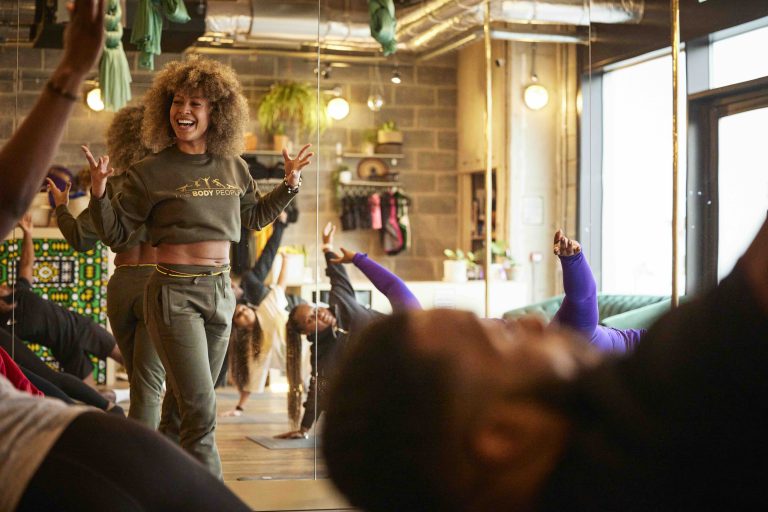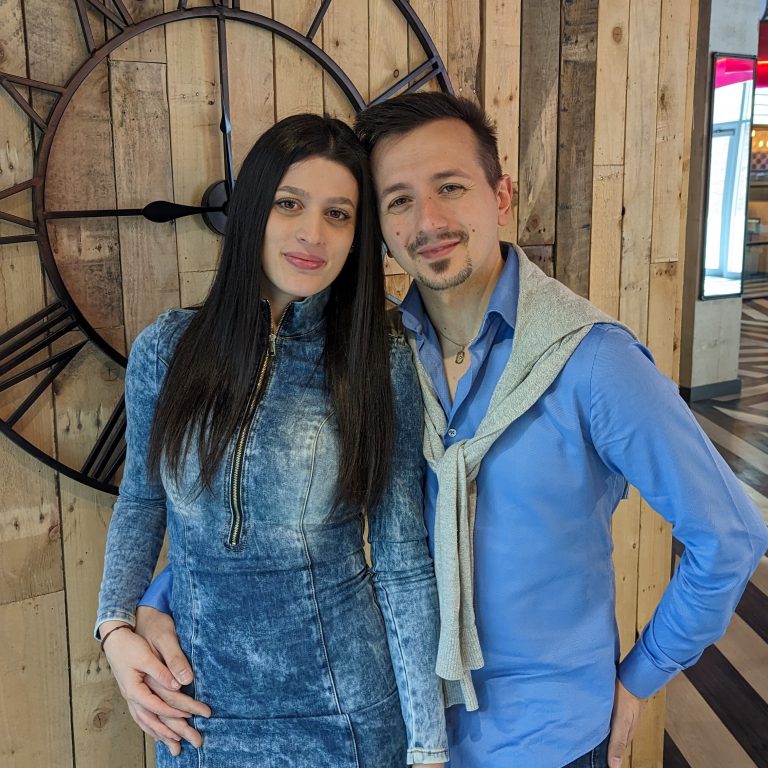Having a chat with... Charles
Who best to tell you what East Wick + Sweetwater is all about than some of the people who helped create it?
As co-masterplanners for East Wick + Sweetwater, architects Sheppard Robson have overall responsibility for creating the vision for the new neighbourhood. Working closely with many different partners and the local community, their designs have set the tone for the look and feel of East Wick + Sweetwater, from the style of the buildings to the new public spaces.
Charles Scott leads Sheppard Robson’s masterplanning team and has been involved with East Wick + Sweetwater for nearly 10 years. We recently caught up with him to ask what makes a great masterplan, what inspired the designs at East Wick + Sweetwater, and how he hopes the neighbourhood will evolve in years to come.
Hi Charles, can you give us an overview of your work?
We’re cross-sector architects, which means we design everything from small scale interiors to large scale masterplans, including major buildings like universities, schools, workplaces or residential apartment buildings.
I’m lucky to have colleagues who design all kinds of interesting projects, which means when I’m designing a masterplan, it’s informed by a real knowledge of how these buildings get built and who will use them.
We don’t have a house style as a practice, which means we have a lot of flexibility evolving designs ourselves. This means we often get very attached to projects like East Wick + Sweetwater, because it’s been a personal journey for many of us. This is what we love as architects helping to form a place and feeling like we’ve made a difference.
So, what exactly is a masterplan?
Masterplans at their best should be a combination of people, place and time. We design places for people to live in, work in or to visit. It’s an approach, and a way of laying out the plans for future development.
When we design a masterplan, we’re asking ourselves questions like “Who do we want to use this place? What do we want it to feel like? What do we want it to be in the future as it grows and more people live in it or visit it?”
Importantly, masterplans need to be flexible and something that can evolve. A good masterplan should be able to cope with changes in living and working styles. However, you must be very careful not to try and rigidly fix everything; we don’t know how achievable things we’re drawing today will be in another 15 or 20 years, and that’s why they have to be flexible. Although, good masterplanning proposals must have overarching principles that have longevity through design evolution and implementation.
What inspired your designs for East Wick + Sweetwater?
I’ve been involved at East Wick + Sweetwater from the earliest design stages with the Joint Venture team (Places for People and Balfour Beatty Investments).
We wanted to create an exemplary new neighbourhood, based on the principle of creating different ladders of opportunities as people moved here. For example, you might arrive as a young professional, so we wanted there to be great homes to rent, as well as affordable opportunities like Shared Ownership. Then, a few years later, you might decide to buy one of the new apartments. Then again, if you find yourself with a growing family and in need of more space, you can move to one of the bigger townhouse-style homes as your life experience changes.
We really wanted East Wick + Sweetwater to welcome a diverse community with people from all walks of life be that age, incomes and working backgrounds because this mix of people is intrinsic to what makes a successful London neighbourhood.
Visiting today, what do you think?
Seven years on from our original masterplan designs, I’m delighted to see that this ethos is still here. Visiting today, you walk around and see all sorts of unexpected, interesting things, like different buildings and street scenes, which are growing together.
People cross over the canal from Hackney Wick into East Wick + Sweetwater, as they are now seeing it as a new neighbourhood with new facilities and services that are thriving and relevant. It’s becoming a part of everyday life and that’s really exciting.
You’ve also got the amazing evolution of Queen Elizabeth Olympic Park. Now people are coming here not because of the London 2012 Olympic legacy, but just because it’s a great park. Then you’ve got East Bank coming with its amazing new occupiers, and I think this is going to make it an even more interesting place. It’s a great time to be moving here, and each week is more exciting.






